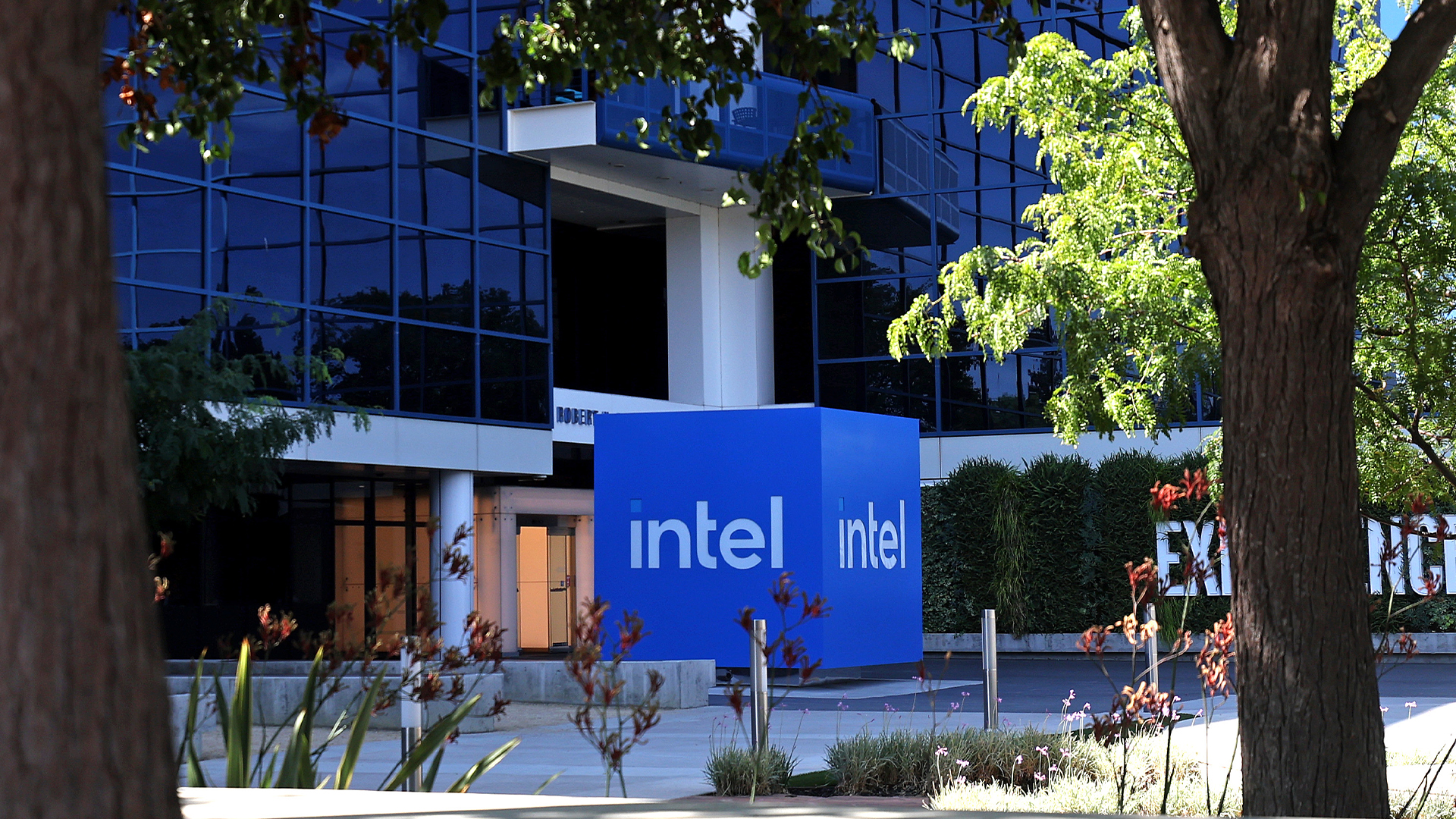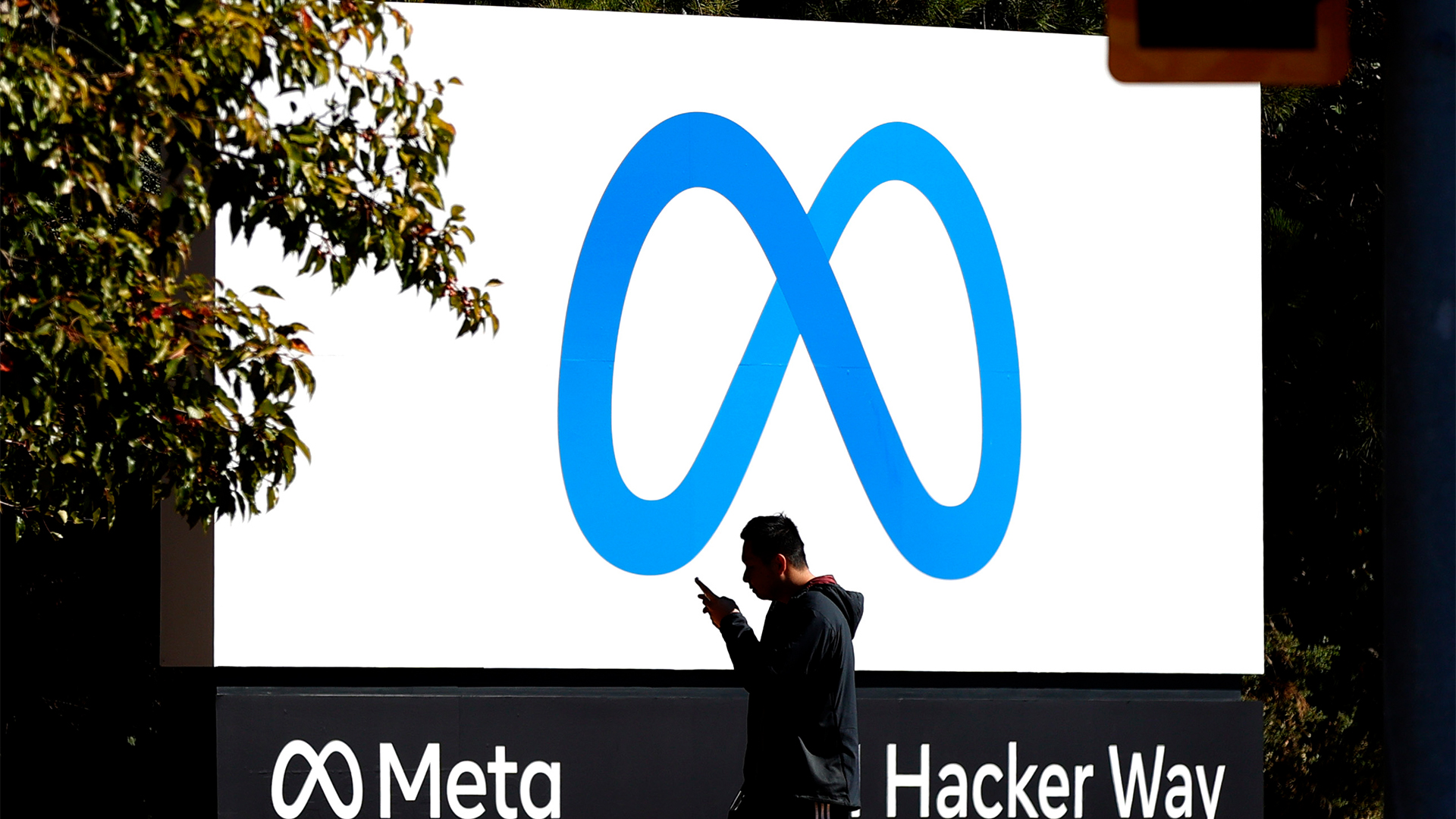
"You still need a helpdesk to answer all the queries and fix all the issues," says Henrys.
Different devices add yet another layer of complexity. While creating virtual infrastructure to develop a "cloud-based" desktop may overcome this problem, that in itself adds costs to the bottom line. Indeed, even a virtual infrastructure needs to be implemented and maintained by the IT department. Sometimes this can be running alongside the normal infrastructure, doubling up on support costs for the IT organisation. It doesn't make economical or common sense.
While building an infrastructure to cope with a variety of devices accessing the network is one thing, privacy and security is quite another, warns Henrys.
Grey areas
Allowing the user to bring their own device into the corporate network will mean that device will contain a mixture of personal and corporate data. While a user storing personal data on corporate machines is nothing new, there will inevitably be problems around security when corporate data is stored on personal devices.
You still need a helpdesk to answer all the queries and fix all the issues.
"What rights do the company have to that data when the employee leaves?" questions Henrys. He says that there are a lot of HR and privacy laws yet to be formulated around this issue.
Also, one big issue that could take the romance and excitement out of an employee wanting to use their own device for work is what can happen if/when that device is lost. The organisation has to take steps to ensure any confidential information is not compromised and this generally means carrying out a remote wipe of data on that device. For the user, this could also mean that precious personal data is wiped out at the same time. Suddenly, along with the data, the user's romance with BYOD is dead.
Sign up today and you will receive a free copy of our Future Focus 2025 report - the leading guidance on AI, cybersecurity and other IT challenges as per 700+ senior executives
Henrys thinks the way out of this is for the IT organisation to provide business devices with consumer features that the users want. Windows 8 being a great example of such flexibility offered to businesses and users alike. It still allows the IT organisation to maintain control of the devices but the user has a device that can be a tablet when it needs to be or can convert to an ultrabook for other purposes.
But while keeping everything within a Microsoft environment where Windows devices can join the network and be controlled by IT appears the best solution, some workers may still want to use their iPhones, Android devices and iPads. So this appetite for variety must be factored in at the planning and delivery stages.
ITPro is a global business technology website providing the latest news, analysis, and business insight for IT decision-makers. Whether it's cyber security, cloud computing, IT infrastructure, or business strategy, we aim to equip leaders with the data they need to make informed IT investments.
For regular updates delivered to your inbox and social feeds, be sure to sign up to our daily newsletter and follow on us LinkedIn and Twitter.
-
 The UK AI revolution: navigating the future of the intelligent enterprise
The UK AI revolution: navigating the future of the intelligent enterpriseAs AI reshapes industries and societies, decision-makers in the UK face a critical choice: build a sovereign future or merely import it.
-
 Turning the UK AI revolution into a sovereign reality
Turning the UK AI revolution into a sovereign realityThe UK AI Revolution documentary series posed difficult questions about AI’s hype, control, and future. Now, IT leaders must find the architectural answers
-
 Intel to axe 24,000 roles, cancel factory plans in sweeping cost-cutting move
Intel to axe 24,000 roles, cancel factory plans in sweeping cost-cutting moveNews Despite better than expected revenue in its Q2 results, the chip giant is targeting a leaner operation
-
 Intel makes high-level hires while factory workers are warned of layoffs
Intel makes high-level hires while factory workers are warned of layoffsNews The company is appointing four senior executives as part of efforts to refocus on engineering and customer relationships
-
 Intel layoffs confirmed as CEO eyes 'sustainable growth'
Intel layoffs confirmed as CEO eyes 'sustainable growth'Intel’s new CEO Lip-Bu Tan has confirmed the company will be cutting its headcount in response to sluggish revenue.
-
 Everything you need to know about Lip-Bu Tan, Intel’s new CEO
Everything you need to know about Lip-Bu Tan, Intel’s new CEONews Intel has announced its next CEO in the wake of Pat Gelsinger's retirement, naming former board member Lip-Bu Tan as its new leader months after he quit.
-
 Intel CEO Pat Gelsinger announces retirement
Intel CEO Pat Gelsinger announces retirementNews Gelsinger’s departure comes amid a tumultuous period at Intel
-
 AMD to cut around 1,000 staff to focus on "growth opportunities"
AMD to cut around 1,000 staff to focus on "growth opportunities"News The AMD layoffs come after rival Intel cut staff on the back of flagging AI returns
-
 Meta layoffs hit staff at WhatsApp, Instagram, and Reality Labs divisions
Meta layoffs hit staff at WhatsApp, Instagram, and Reality Labs divisionsNews The 'year of efficiency' for Mark Zuckerberg continues as Meta layoffs affect staff in key business units
-
 The power and the pain: Looking forward so you’re not held back
The power and the pain: Looking forward so you’re not held backAvoiding server modernization may seem like a cost-saving strategy, but the hidden risks of downtime, security breaches, and operational inefficiencies can quickly become far more costly…

